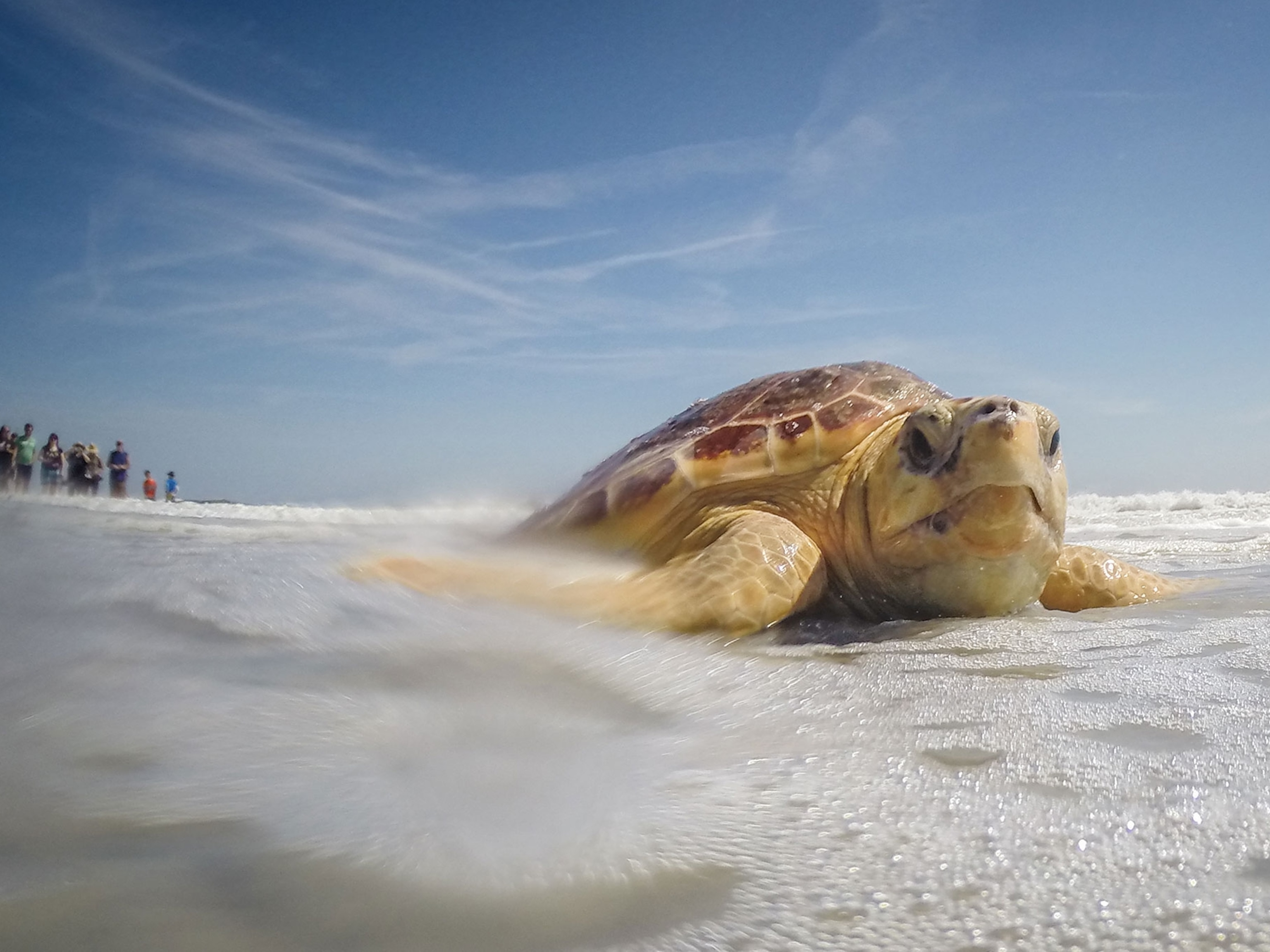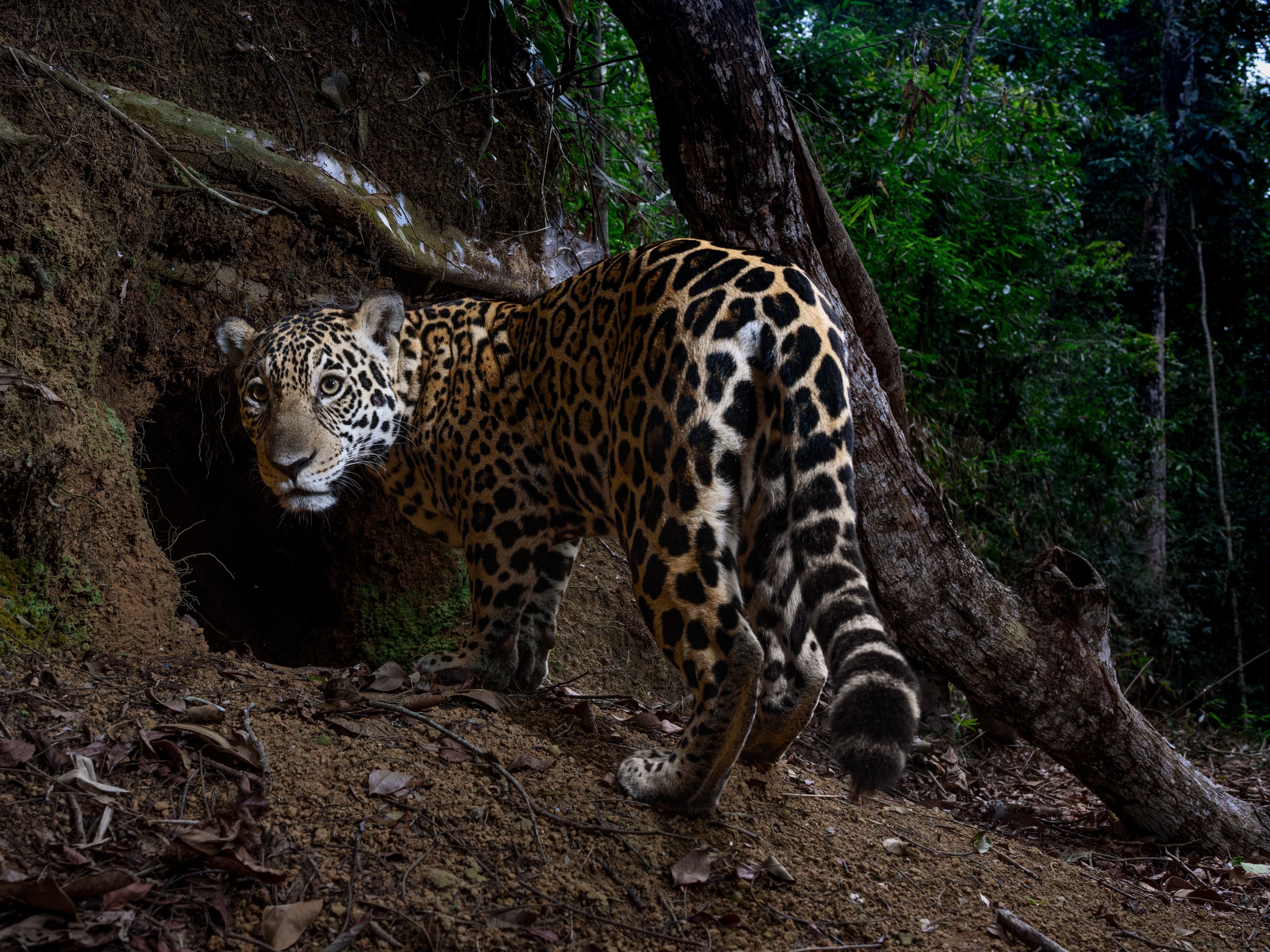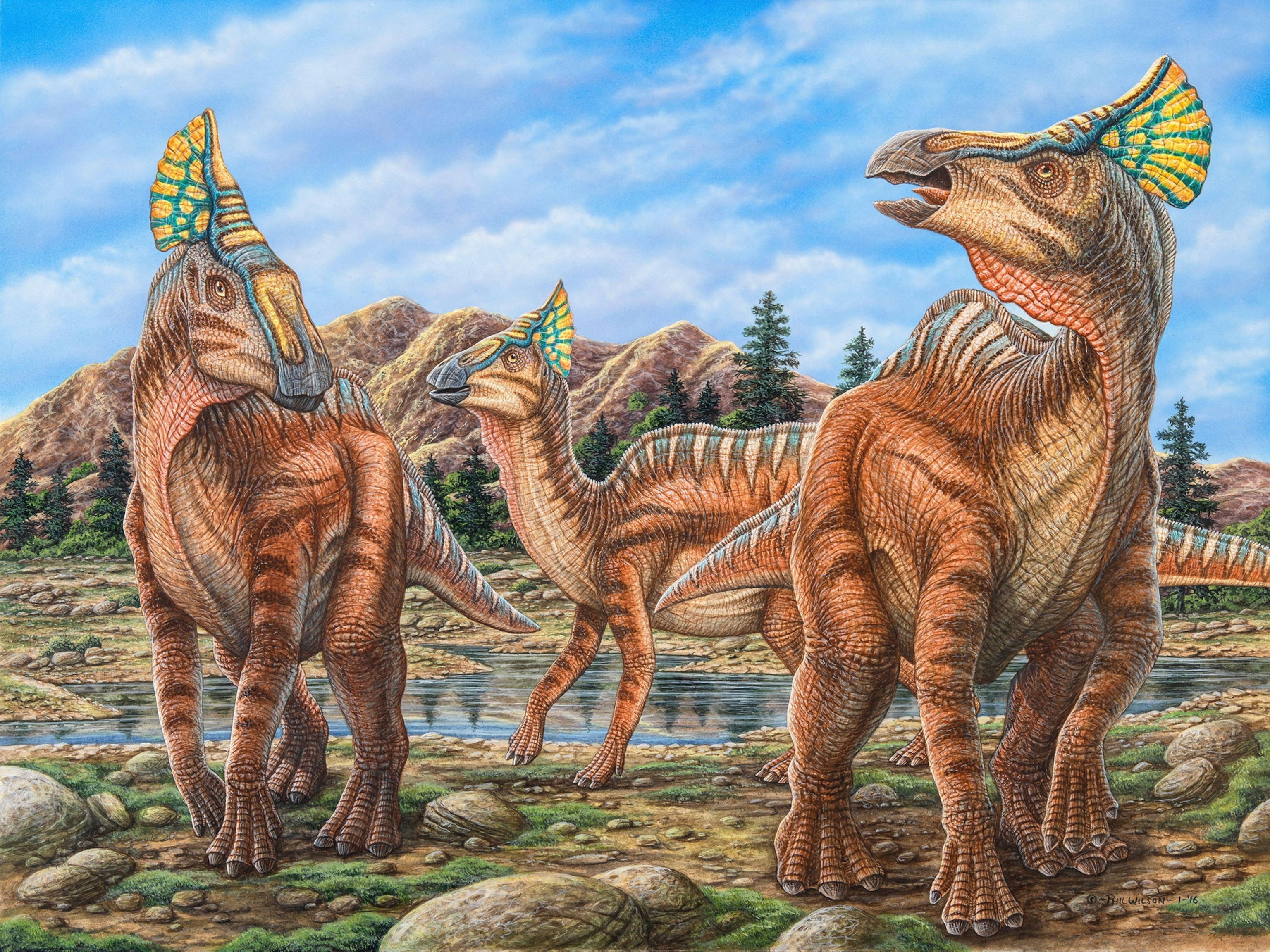
Oldest Antarctic "Sea Monster" Found
Marine reptile swam warm polar seas 85 million years ago.
Fossils from the oldest known Antarctic "sea monster" have been found, a new study says.
The discovery of an 85-million-year-old plesiosaur has pushed back the marine reptile's presence in Antarctica by 15 million years. (See prehistoric sea-monster pictures.)
"The fragments we found don't belong to any group registered on the continent before, which indicates a greater diversity of the plesiosaurs in Antarctica than previously suspected," said team leader Alexander Kellner, of the National Museum of Brazil at the Federal University of Rio de Janeiro.
Fragments of the vertebrae, head, and flippers suggest the newfound plesiosaur was 20 to 23 feet (6 to 7 meters) long. The bones weren't, however, enough to identify the species of the plesiosaur.
Plesiosaurs roamed the seas worldwide between about 205 million to 65 million years ago, reaching the Southern Hemisphere by the mid-Jurassic. The animals had a range of different sizes and features, but mostly shared small heads, long necks, and big bodies. (See a prehistoric time line.)
"If the Loch Ness monster ever existed, this would be its best representation," Kellner said.
(Also see "'Sea Monster' Fetus Found—Proof Plesiosaurs Had Live Young?")
The specimen was found amid more than 2.5 tons of fossils and rock samples collected during an expedition to Antarctica's Ross Island (see map) in 2006 and 2007.
Most of the material, stored at the National Museum, consists of invertebrates and plants, including tree fragments that are the same age as the plesiosaur.
"The trees indicate that there were forests in Antarctica at that time," Kellner said. "We believe these animals lived in a very different environment from today's, in a temperate climate."
The new sea monster discovery was published in June in the journal Polar Research.





